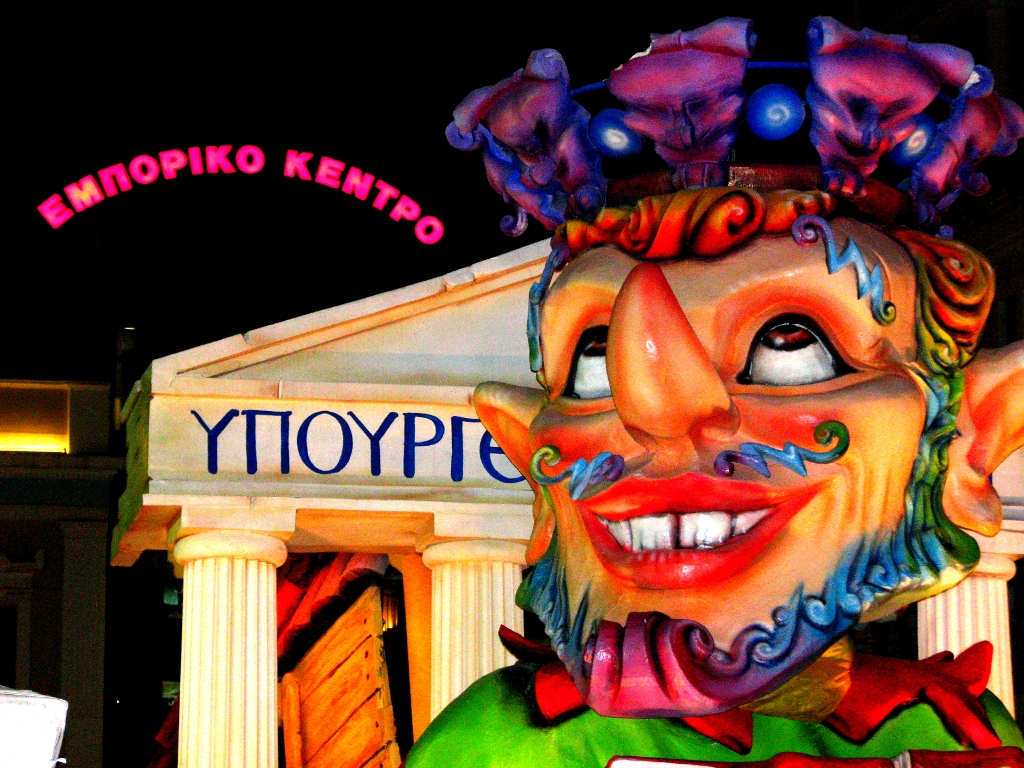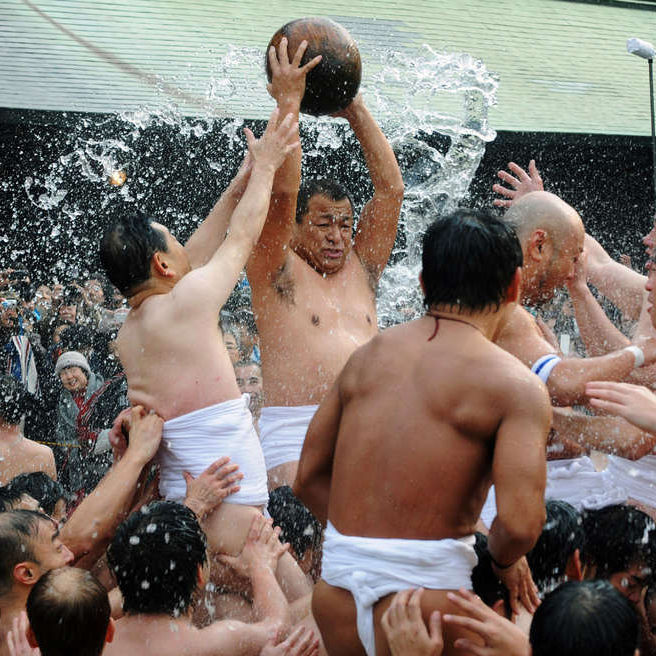Patras Carnival
January 17
Streets

The Patras Carnival derives its name from the city of Patras, Greece's third largest urban area located on the Mediterranean. With over 160 years of history, the carnival is renowned for its enormous floats, extravagant balls and parades as well as the joy and enthusiasm of hundreds of dancers and musicians.
The Patras Carnival begins on January 17 with an opening ceremony that includes pantomimes (the use of the body and face expressions to tell stories without using words), dances, music and fireworks displays. The carnival season then continues with countless activities for both children and adults until Clean Monday, the first day of the Eastern Orthodox Lent (March 3 [in 2014]). However, the central events take place during the last weekend of carnival with the arrival of the Saturday evening and Sunday parades, both major programs on Greek television.
But the Patras Carnival could not be what it is today if it were not thanks to the young generations. It is the Greek youth, the stars of the events, who since the late 60s has contributed enormously to the carnival with its creativity and ingenuity. Because of this the Patras Carnival is also a celebration of the youth as well as their recognition and acceptance of a global culture.
For the organization of the carnival and its efforts to support culture, Patras was chosen the European Capital of Culture in 2006.
Tamaseseri Festival
January 3
Hakozaki Shrine and streets

As many other traditional Japanese festivals, the main objective is to visit the shrines of gods and goddesses of the Shinto religion, Japan's indigenous spirituality, in order to worship them. At Tamaseseri Festival (on January 3) one finds two distinctive balls that represent both femininity (yin) and masculinity (yang). The purified balls are taken to two different shrines. The first one, representing femininity, is left by a group of children at the Tamatori Ebisu Shrine. The second one, representing masculinity, is carried in the direction of Hakozaki Shrine, a shrine dedicated to Hachiman, the god of archery and war.
On the way to Hakozaki Shrine, children pass the second ball, the takara-no-tama, to a group of men who will compete to carry it from this point on to the shrine. The objective is not only to catch the treasure ball and take it to the Hakozaki Shrine but to be the one who passes it to the Shinto priest who waits for the competitors at the shrine. But this seems to be a very difficult task for the competitors are constantly splashed with ice-cold water along the way by an excited crowd that also searches to touch the ball as it is believed that the slightest touch of it brings good fortune.
The men who struggle for the ball are separated into two distinctive groups. The first one is comprised of farmers who work on the land and the second one is formed by fishermen at sea. The two groups represent two teams, the Land Team and Sea Team respectively. Not only then is it a privilege to be the one who delivers the ball to the Shinto priest at Hakozaki Shrine, but if your team wins, then the year that is just starting will bring enormous benefits. If it is the Sea Team that wins, then fishermen can expect to catch large amounts of fish during that year. But if it is the Land Team that happens to bring the ball to Hakozaki Shrine, then an exceptional harvest is to be foreseen.



Read about cultural events and news in the world.
Best to enjoy from your mobile phone or tablet.
Best for those who prefer audio.
Best for those who prefer Twitter.



